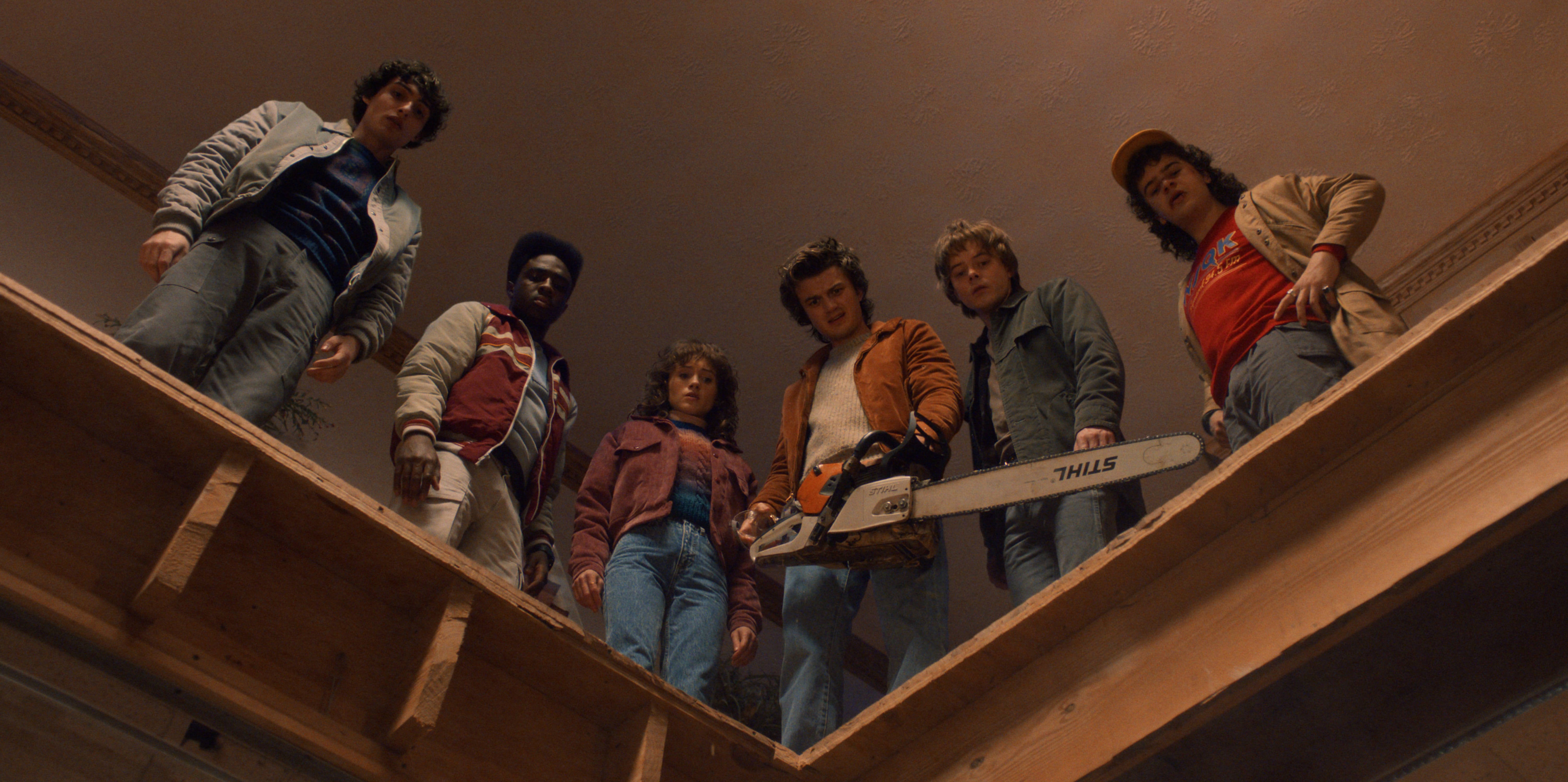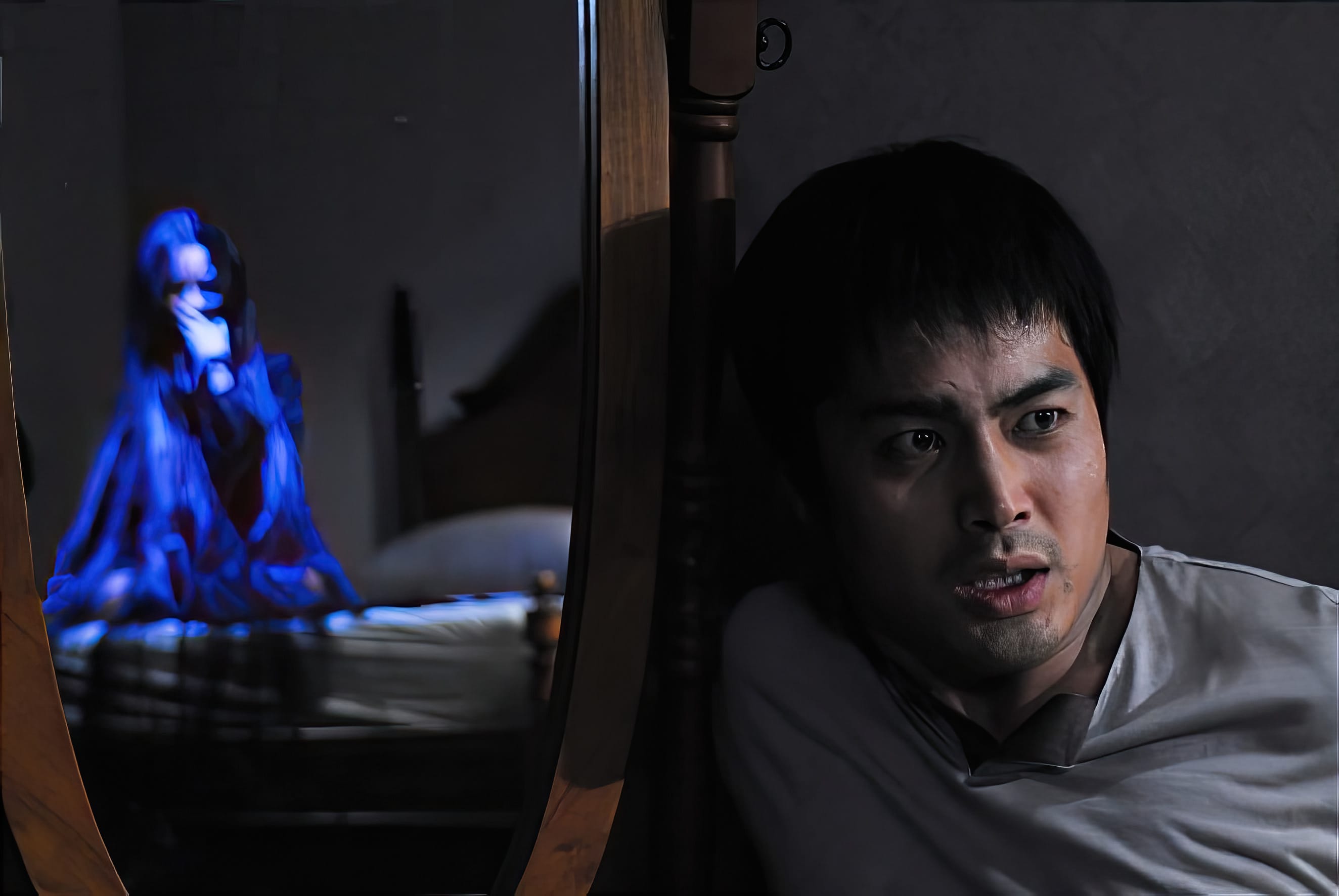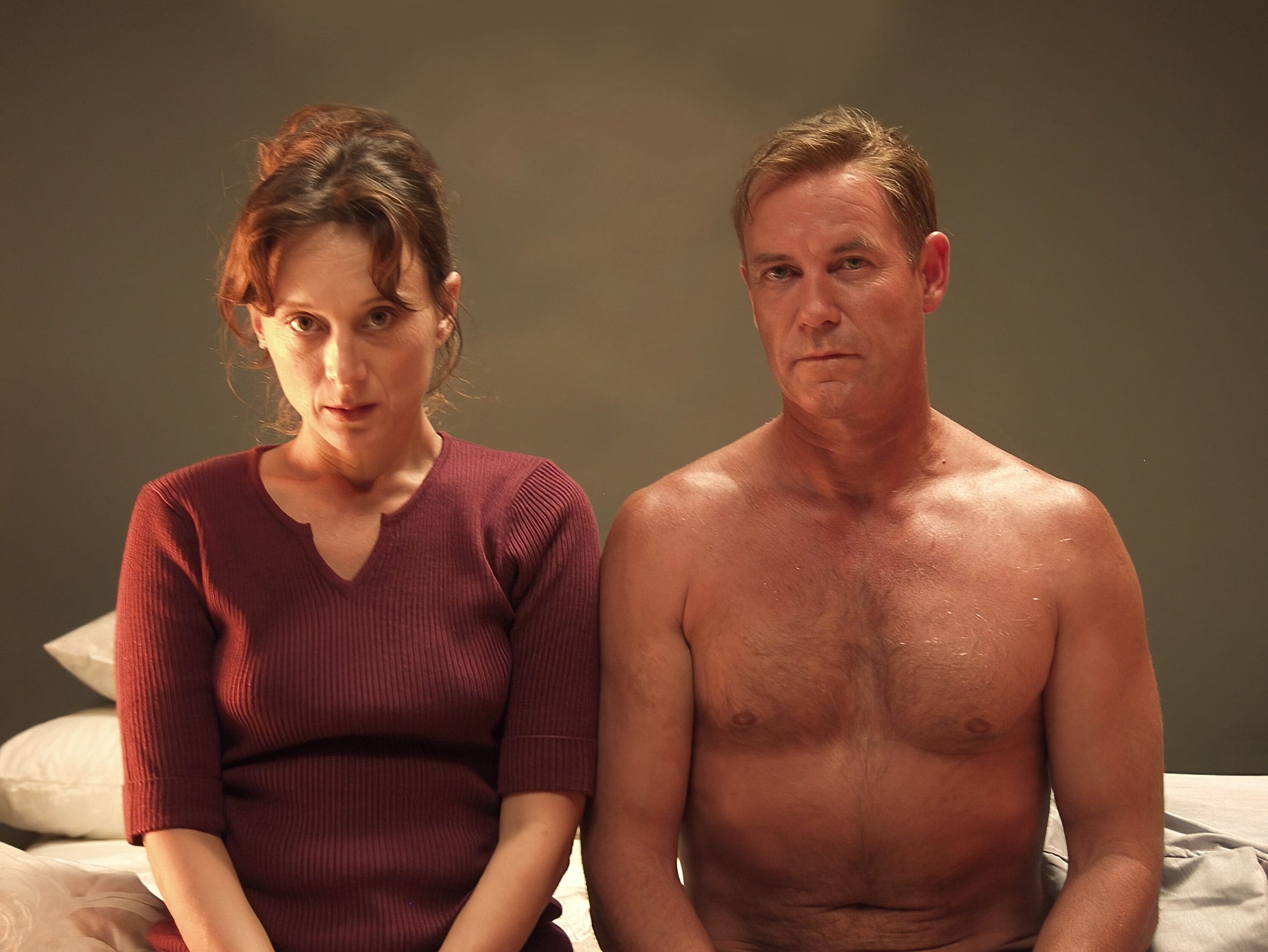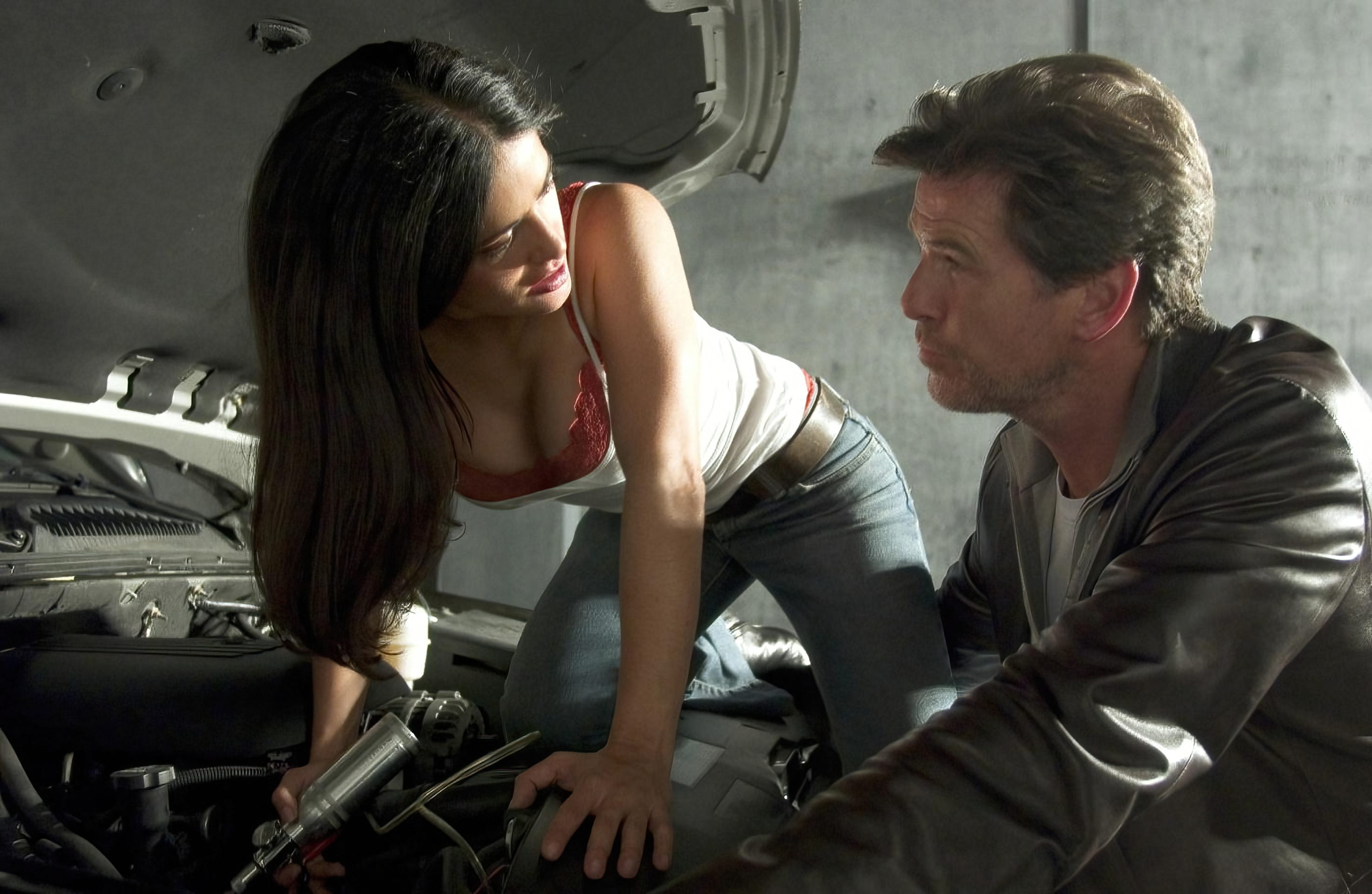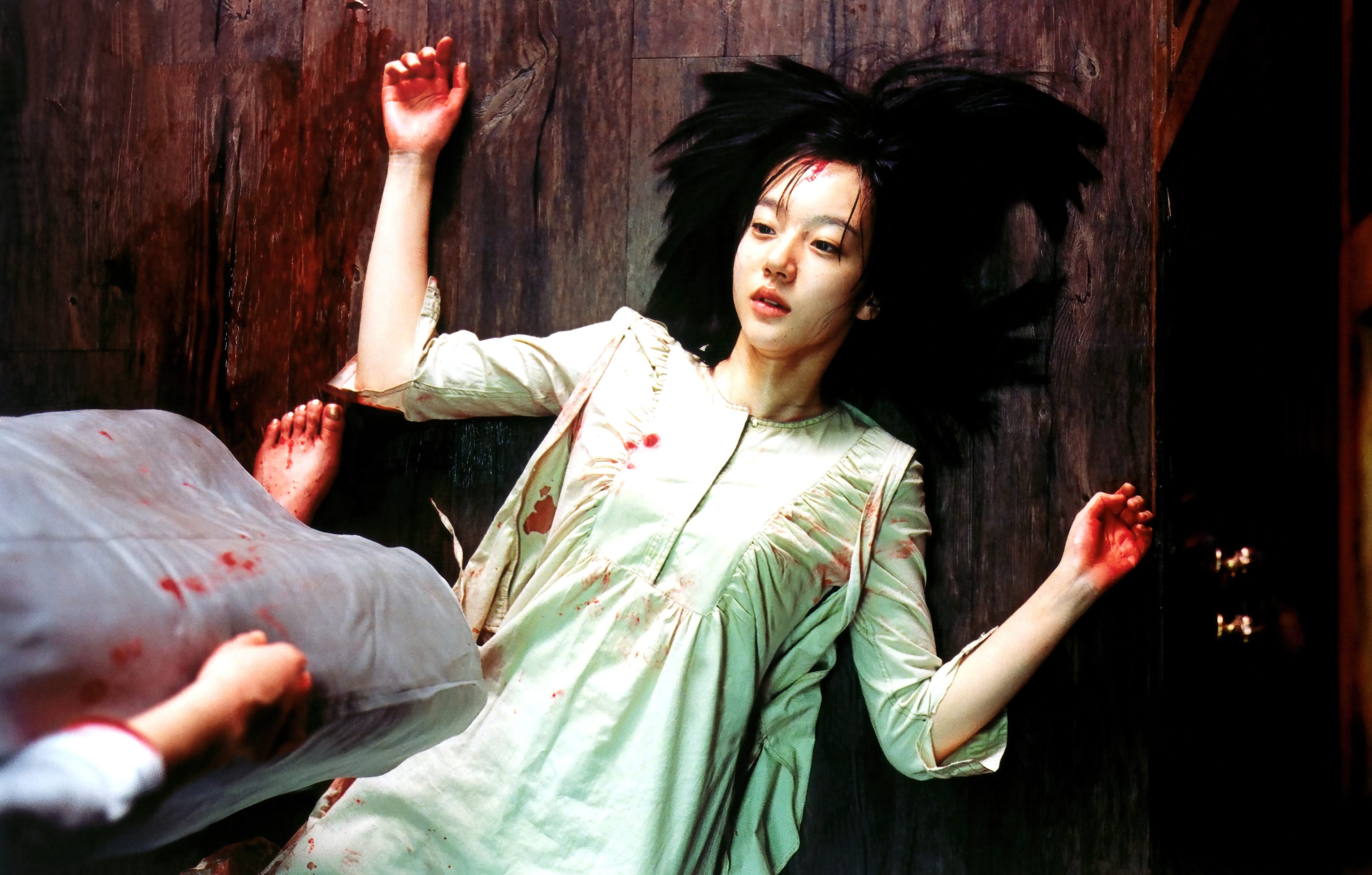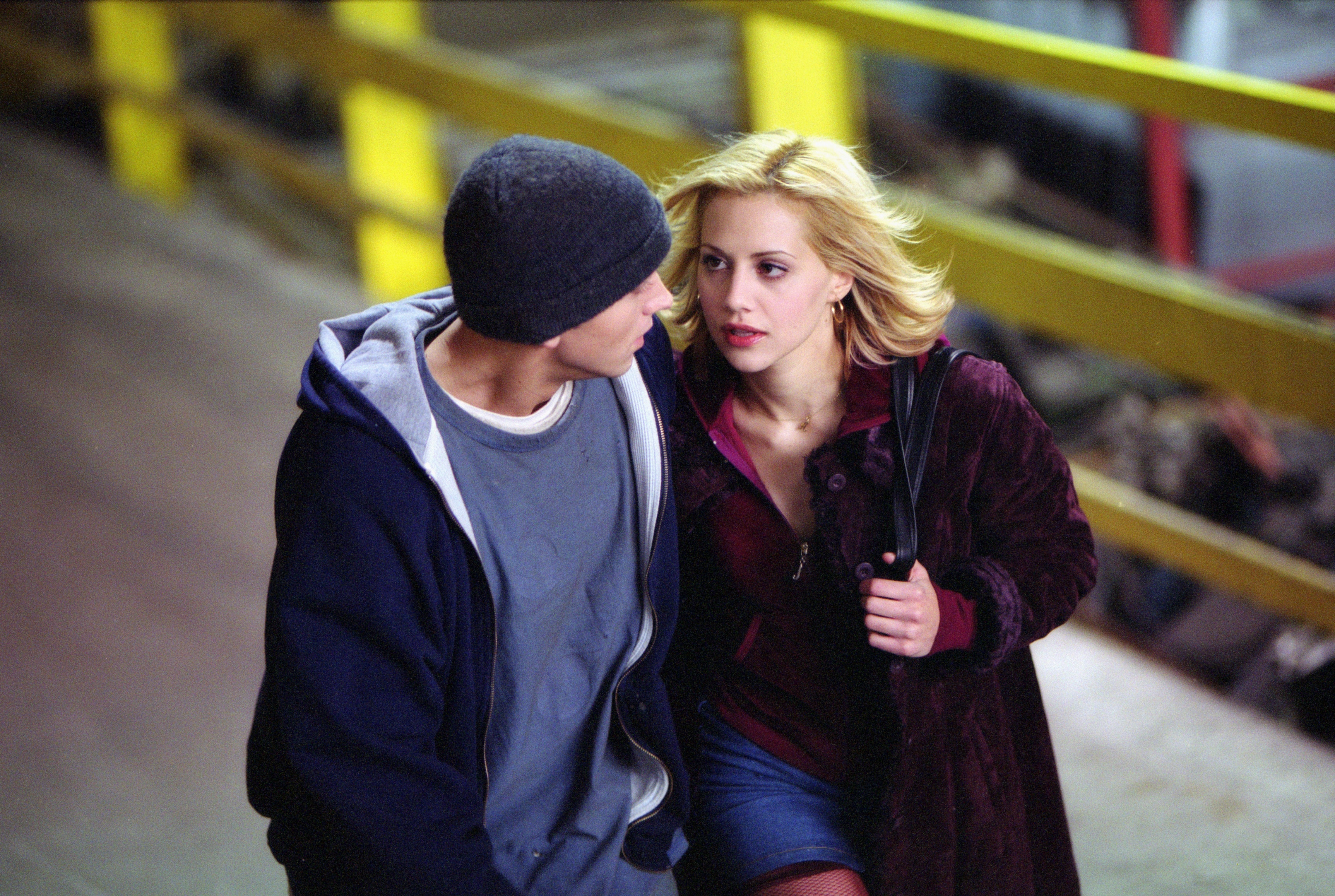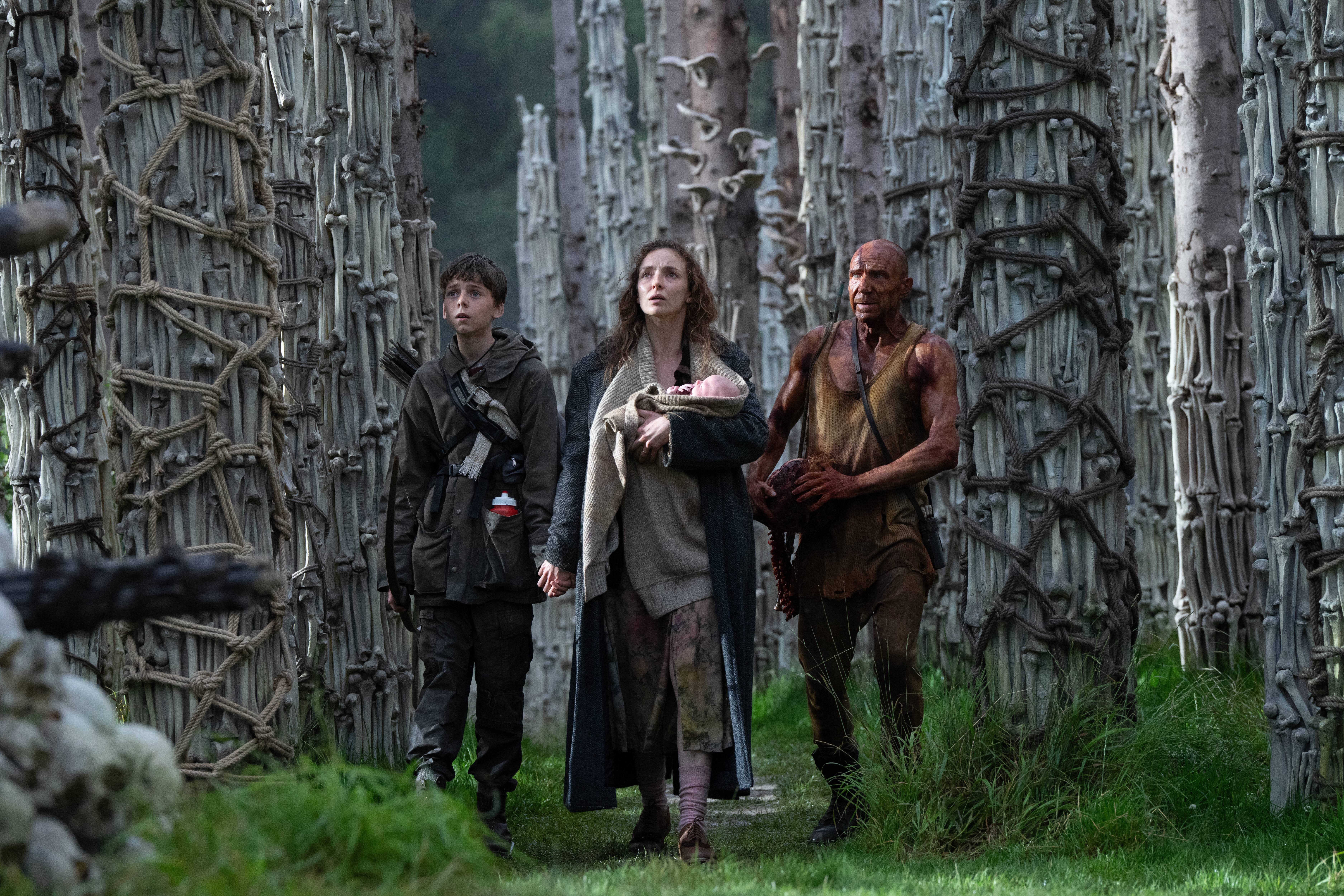
28 Years Later – Danny Boyle’s Poetic Return to the Zombie Apocalypse Lacks the Raw Bite of its Predecessors
How long can you keep the undead alive? This seems the central question behind Danny Boyle’s highly anticipated sequel “28 Years Later,” an ambitious yet ultimately uneven installment in the acclaimed Rage Virus saga. Boyle returns to helm this chapter after directing the groundbreaking 28 Days Later (2002) and serving as executive producer on 28 Weeks Later (2007), teaming up again with acclaimed screenwriter Alex Garland. The film unites a remarkable cast including Jodie Comer, Aaron Taylor-Johnson, newcomer Alfie Williams, and veteran Ralph Fiennes, in a genre-bending fusion of post-apocalyptic horror and profound coming-of-age drama.
But does this bold cinematic hybrid achieve the dizzying heights of its predecessors? Let’s delve into the ruins of Boyle’s latest apocalypse.
Boyle’s Narrative Gambit: Biblical Metaphors meet Post-apocalyptic Anxiety
“28 Years Later” begins with a visually arresting prologue in the Scottish Highlands, where we witness the Rage Virus outbreak for the first time. Boyle immediately signals his narrative ambitions: an Old Testament apocalyptic prophecy clashing head-on with a surreal children’s TV absurdity – a clever juxtaposition that seems both satirical and ominous.
Fast forward twenty-eight years, Boyle and Garland anchor their story on Holy Island (Lindisfarne), an isolated community safe from infection, encircled by water and clinging desperately to a semblance of civilization. Spike (Alfie Williams) faces his rite of passage amidst zombie threats with his clerical father Jamie (Aaron Taylor-Johnson), while his mother Isla (Jodie Comer) suffers from mysterious hallucinations and migraines. Their journey towards the enigmatic Dr. Ian Kelson (Ralph Fiennes), who offers hope on the mainland, mirrors tides shifting unpredictably – Boyle’s evident metaphor for life’s relentless unpredictability and fragility.
Boyle and Garland employ narrative techniques reminiscent of their previous collaboration, “Sunshine” (2007): diary montages, fragmented flashbacks, and archival newsreel footage reminiscent of Zack Snyder’s “Dawn of the Dead” (2004). Yet Boyle’s method of oscillating between intense handheld claustrophobia and tranquil, static wide-shots sometimes sacrifices pacing consistency. The abrupt twist introducing a militaristic cult led by Sir Jimmy Crystal (Jack O’Connell) feels like a somewhat jarring attempt to inject adrenaline into the contemplative final act, setting the stage awkwardly for an announced sequel, “The Bone Temple.”
Humanity Amidst Apocalypse: Rich Characters, Stellar Performances
Boyle’s gift has always been his nuanced handling of humanity, and this ensemble shines under his assured guidance. Jodie Comer commands the screen, imbuing Isla with vulnerability and resilient strength, reminiscent of Emily Blunt’s grounded heroine in “A Quiet Place” (2018). Newcomer Alfie Williams stands out impressively, his nuanced performance communicating subtle emotional shifts as Spike navigates childhood innocence lost in horrifying times.
Aaron Taylor-Johnson continues proving his range, bringing depth to Jamie’s paternal protector role. His shift from composed authority to desperate vulnerability during a zombie attack is chillingly credible. Veteran actor Ralph Fiennes elevates Dr. Kelson’s ambiguous role, adding layers of charisma and disquieting mystery akin to his portrayal in “The Menu” (2022).
The emotional interplay within Spike’s family—mother, father, son—is Boyle’s greatest achievement. Their familial bond grants the film a rare emotional resonance not commonly found in horror cinema.
A Visual Experiment: Gritty, iPhone-Fueled Aesthetics
Cinematographer Anthony Dod Mantle returns, pushing visual boundaries by employing iPhone footage and experimental cinematography reminiscent of Boyle’s groundbreaking stylistic innovations in “Slumdog Millionaire” (2008). The film’s stylistic approach is both divisive and fascinating, as online film communities, notably Reddit users, label it purposefully “ugly yet captivating”.
The harsh close-ups captured through iPhone’s macro lenses generate discomforting intimacy, while picturesque landscape shots of Northumberland ironically heighten feelings of paranoia. The cinematography powerfully emphasizes Boyle’s central thematic exploration—beauty and terror coexisting in uneasy harmony.
A Soundscape of Subtle Terror and Nostalgic Echoes
Scottish band Young Fathers crafts an emotionally potent soundtrack, balancing ambient melancholy with rhythmically aggressive sequences. The familiar notes of John Murphy’s original iconic theme resurface poignantly, creating an evocative callback that will likely please long-time fans.
Boyle smartly employs silence, too. Moments of oppressive quiet preceding sudden jolts of zombie rage effectively immerse viewers in characters’ isolated despair. It recalls the mastery of Alfonso Cuarón’s strategic silence usage in “Children of Men” (2006).
Themes of Mortality, Isolation, and Empathy Amidst Chaos
Boyle reframes the zombie apocalypse trope to ponder mortality (“Memento Mori”), human isolation, and remembrance. This thematic exploration, punctuated by rituals of grief and remembrance, enriches the film’s emotional landscape, providing intellectual nourishment amidst visceral horror.
Moreover, Boyle cleverly incorporates pandemic-era anxieties, commenting implicitly on contemporary themes such as national isolationism, border politics, and collective trauma—akin to HBO’s acclaimed series “The Last of Us” (2023). His gentle yet firm insistence on compassion’s transformative power adds depth rarely encountered in genre cinema.
Genre Reinvention or Misstep? Comparison with Contemporary Zombie Cinema
While predecessors like “28 Days Later” defined early 2000s horror through gritty realism, and films like “Train to Busan” (2016) or blockbusters such as “World War Z” (2013) banked heavily on relentless tension and spectacle, “28 Years Later” defiantly steers toward philosophical contemplation. Its ambitious cross-genre fusion results in a film that occasionally alienates traditional horror enthusiasts expecting relentless terror and gore. Fans of cerebral horror like Garland’s own “Annihilation” (2018) will find richer rewards here.
Danny Boyle’s Auteur Signature: Experimental Yet Familiar
Boyle remains a director who boldly experiments with storytelling methods, much like his approach in “Trainspotting” (1996) or the underrated “Trance” (2013). His auteurist choices—a reliance on provocative visuals, emotional sincerity, and symbolic juxtapositions—define this film. Despite minor script shortcomings, Garland’s poetic, philosophical dialogue complements Boyle’s visionary risks beautifully.
Final Verdict: Admirably Ambitious yet Mildly Underwhelming
Ultimately, “28 Years Later” is a haunting, thoughtful entry, richer emotionally and intellectually than many horror contemporaries. Its visual experimentation, stirring performances, and profound thematic depth distinguish it commendably.
Yet, I found myself missing the uncompromising brutality and visceral thrill that set Boyle’s original apart, making the saga legendary. The result: an impressive artistic endeavor that falls slightly short of its storied legacy.
If you cherish introspective, visually daring horror narratives, you’ll find genuine moments of brilliance here. But if you yearn for the adrenaline-fueled nightmares of Boyle’s earlier zombie masterpieces, you might find yourself leaving the theater somewhat unsatisfied.
Personal Rating: 7/10
“28 Years Later” is a courageous new chapter, not quite a groundbreaking reinvention, but certainly a fascinating expansion of Boyle’s apocalyptic vision.

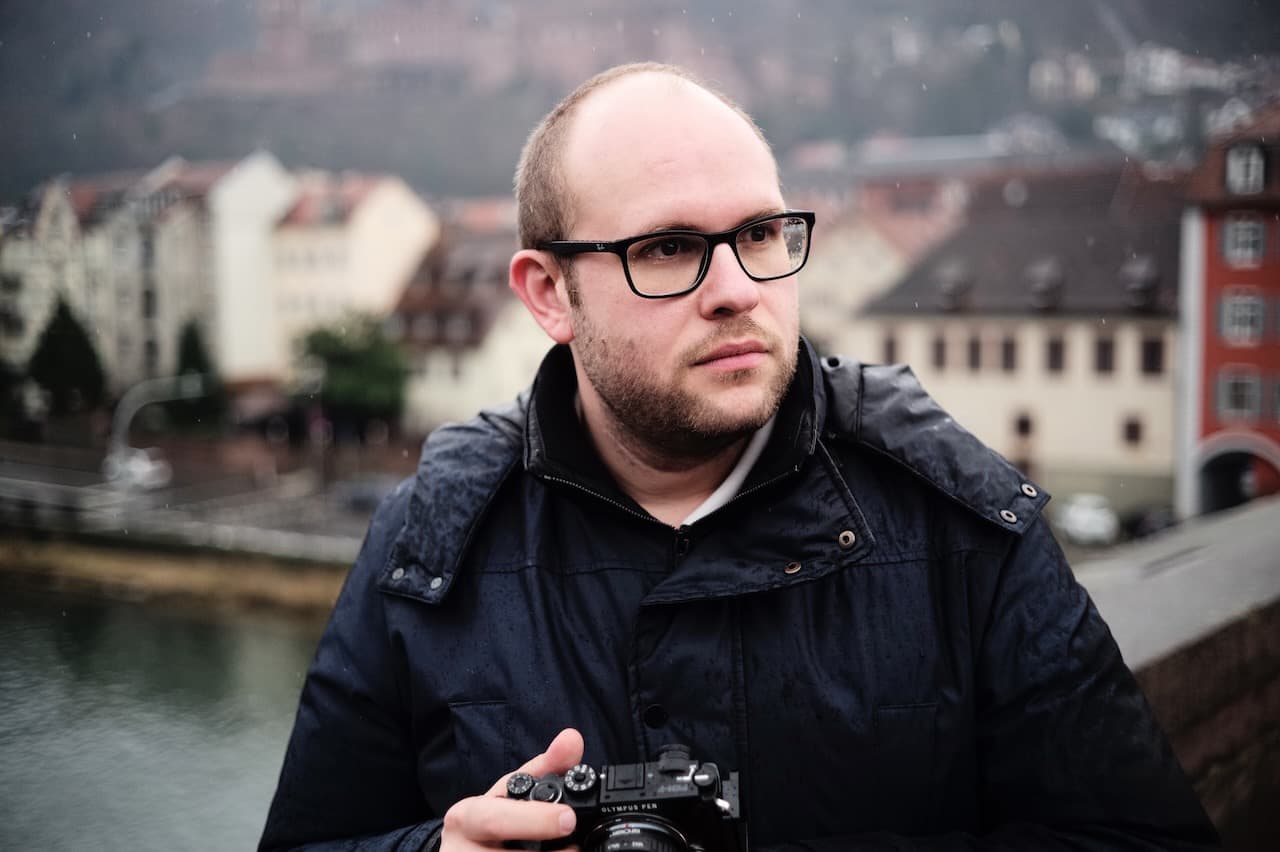 By Jakob Montrasio
By Jakob Montrasio 





